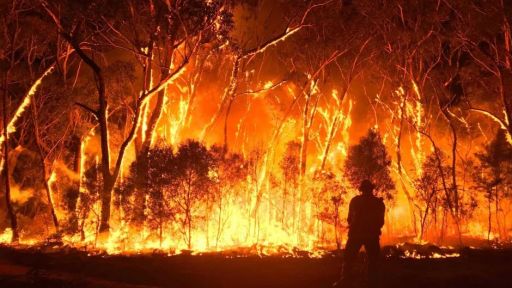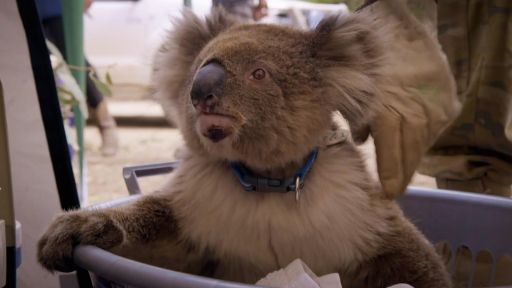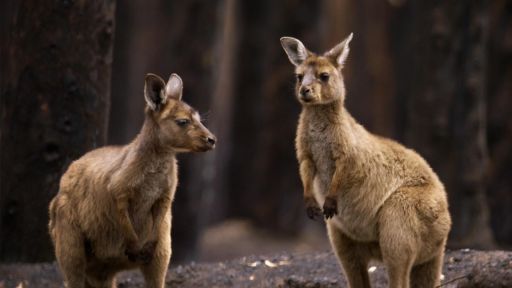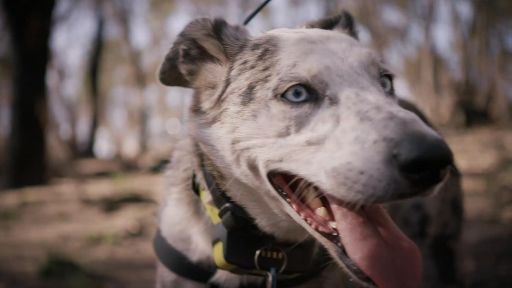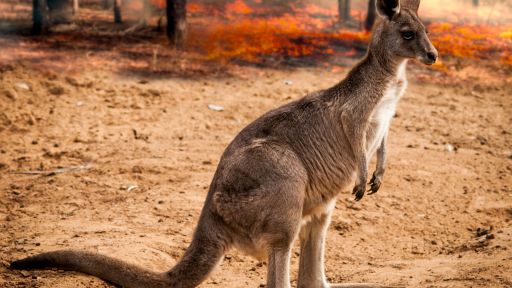PRODUCTION CREDITS
NARRATOR
ANJA TAYLOR
DIRECTOR AND WRITER
MAX BOURKE
FIELD DIRECTOR AND WRITER
ANJA TAYLOR
EXECUTIVE PRODUCER
BETTINA DALTON
PRODUCER
DR HOLLY TRUEMAN
EDITOR
JONNIE MORRIS
PRODUCTION MANAGER
HAIDEE BROWN
DIRECTOR OF PHOTOGRAPHY
BENJAMIN CUNNINGHAM
PETER COLEMAN
BEAU EASTMAN
CHRIS MILLER
SOUND OPERATORS
DAVID O’ROURKE
WILLIAM SHERIDAN
JOSH SELLICK
HEAD OF POST PRODUCTION
MATTHEW NIGHTINGALE
POST PRODUCTION SUPERVISOR
WILLIAM WARD
ASSISTANT EDITOR
NICOLE DANGOOR
GRAPHIC MANAGER
ZOE WHITTAKER
DESIGNERS
JOSH PARISOTTO
PRAJDNIK AWASTHI
ONLINE EDITOR
RYAN OLIVER-PAGE
COLORIST
REBECCA LYONS WRIGHT
SOUND DESIGNERS
MYLES WRIGLEY
MARISA MARSIONIS
MATTHEW NIGHTINGALE
MUSIC
AUDIO NETWORK
HEAD OF PRODUCTION FINANCE
MIRANDA FELTON
PRODUCTION ACCOUNTANT
VANESSA HEPBURN
BUSINESS AFFAIRS
CLARE HEDLEY
PAUL WU
ICT MANAGER
PETER TAYLOR
ARCHIVE
CONTENT MINT
GETTY
THE FOOTAGE COMPANY
CHANNEL NINE NEWS ACA
FIRE AND RESCUE NSW
NSW NATIONAL PARKS AND WILDLIFE SERVICE
FIRE AND RESCUE NSW
NICOLAS RAKOTOPARE PHOTOGRAPHY
DAVID WESTBROOK
FIRELIGHT PRODUCTIONS
JUKIN MEDIA
AP ARCHIVE
DAKOTA SMITH
NSW RURAL FIRE SERVICE
NSW NATIONAL PARKS AND WILDLIFE SERVICE
DEAN CROPP
KOALAFICATION
LILLYPILLY
30BANANASADAY
CHRIS BRADY VIA VIRAL HOG
MAPPING
LANDSAT IMAGERY COURTESY OF NASA GODDARD SPACE FLIGHT CENTER AND U.S. GEOLOGICAL SURVEY
GALLANT, J., WILSON, N., DOWLING, T., READ, A., INSKEEP, C. 2011. SRTM-DERIVED 1 SECOND DIGITAL ELEVATION MODELS VERSION 1.0. RECORD 1. GEOSCIENCE AUSTRALIA, CANBERRA.
INTERNATIONAL PRODUCTION PARTNERS
WILD THRING MEDIA
FOR WILDBEAR ENTERTAINMENT
CHIEF EXECUTIVE OFFICER
MICHAEL TEAR
MANAGING DIRECTOR
ALAN ERSON
HEAD OF PRODUCTION
DR HOLLY TRUEMAN
FINANCIAL CONTROLLER
CAROLINE NICHOLS
GENERAL MANAGER
HARRIET PIKE
FOR NATURE
SERIES EDITOR
JANET HESS
SENIOR PRODUCER
LAURA METZGER LYNCH
COORDINATING PRODUCER
JAYNE YOON JUNG JUN
ASSOCIATE PRODUCER
JAMES F. BURKE
LEGAL COUNSEL
BLANCHE ROBERTSON
DIGITAL LEAD
DANIELLE STEINBERG
ASSOCIATE PRODUCER – DIGITAL
AMANDA SCHMIDT
SOCIAL MEDIA EDITOR
KAREN HO
AUDIENCE ENGAGEMENT
CHELSEY SAATKAMP
BUDGET CONTROLLER
JAYNE LISI
ONLINE EDITOR
CHRIS GUIDO
RE-RECORDING MIXER
ED CAMPBELL
ORIGINAL EPISODE PRODUCTION FUNDING PROVIDED IN PART BY
DORIS R. AND ROBERT J. THOMAS
THE SUN HILL FAMILY FOUNDATION
ORIGINAL SERIES PRODUCTION FUNDING PROVIDED IN PART BY
CORPORATION FOR PUBLIC BROADCASTING
ARNHOLD FOUNDATION
SUE AND EDGAR WACHENHEIM III
THE FAIRWEATHER FOUNDATION
KATE W. CASSIDY FOUNDATION
KATHY CHIAO AND KEN HAO
FILOMEN M. D’AGOSTINO FOUNDATION
CHARLES ROSENBLUM
SANDRA ATLAS BASS
LILLIAN GOLDMAN CHARITABLE TRUST
SERIES PRODUCER
BILL MURPHY
EXECUTIVE PRODUCER
FRED KAUFMAN
A PRODUCTION OF WILDBEAR ENTERTAINMENT AND THIRTEEN PRODUCTIONS LLC FOR WNET, ZDF/ARTE AND ZDFE
THIS PROGRAM WAS PRODUCED BY THIRTEEN PRODUCTIONS LLC, WHICH IS SOLELY RESPONSIBLE FOR ITS CONTENT.
© 2020 THIRTEEN PRODUCTIONS LLC AND WILDBEAR ENTERTAINMENT PTY LTD
ALL RIGHTS RESERVED

